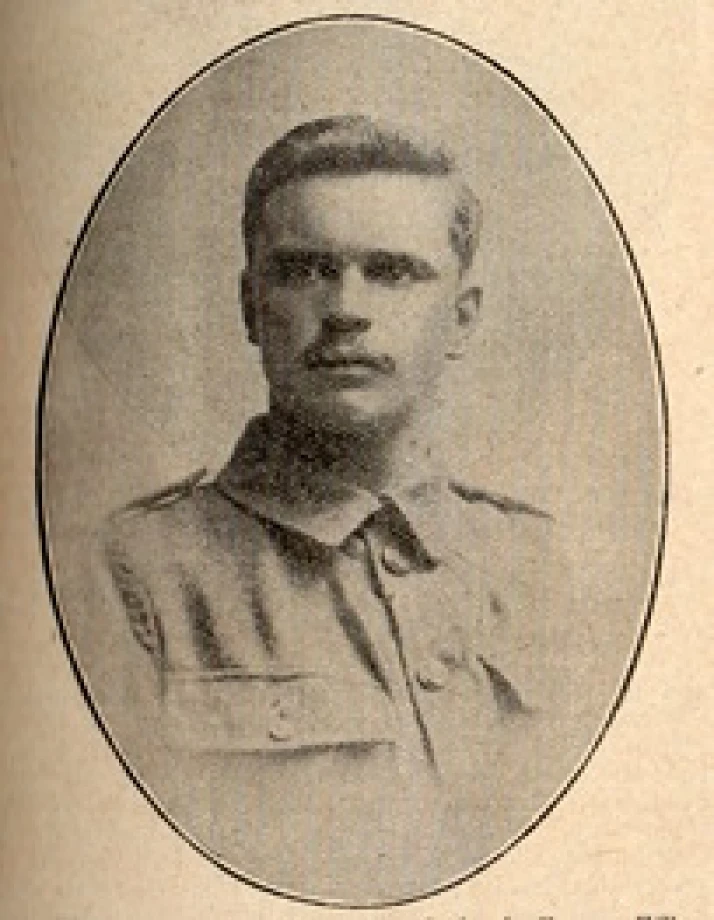Irish Church Lads’ story of courage and sacrifice in WW1
In this World War One commemorative year, the Church Lads’ & Church Girls’ Brigade remind us that Brigade lads from Ireland joined with members from all parts of the world in a remarkable story involving great courage and sacrifice.
It is estimated that a quarter of a million former members of the C.L.B. volunteered for service during The Great War. Virtually every Brigade member of appropriate age joined the Colours immediately. Many younger lads lied about their age and soon found themselves facing danger at the front.
Hundreds of Brigade lads from Belfast, over one hundred from Limerick, and dozens more from Armagh, Ballymena, Cork, Drogheda, Enniskillen, Lisburn, Londonderry, Portadown and Portrush joined up, eager to do their duty. Those who wavered were told by the Chief Staff Officer, Walter Gee, ‘Don’t hesitate. For Church and Country throw up your job and be a man.’
Mostly they fought with the famous Irish regiments but many served with English or Scottish regiments. Others, who had emigrated to Australia, Canada or New Zealand in search of a better life, returned to fight with the armed forces of their adopted countries.
Along with more than a thousand others from Britain, men from Cork, Limerick and Portrush helped to form the 16th (Service) Battalion King’s Royal Rifle Corps. The C.L.B. Battalion was so highly regarded that it was often treated like a regular battalion. Out of seven Distinguished Conduct Medals awarded to members of the Battalion, two went to Portrush men Sergeant Major Harry Hamilton (pictured) and Corporal George Bothwell.
By the end of the war, 20,000 Church Lads had been killed and another 20,000 wounded. Over 1,000 decorations for bravery had been awarded, including 21 Victoria Crosses. The French Government presented Brigade Headquarters with a Diplome D’Honneur in recognition of the contribution of the C.L.B. to the War Effort.
The Church Lads’ & Church Girls’ Brigade is embarking on a project to commemorate the contribution of Irish Church Lads to The Great War. Read more about the project here.
